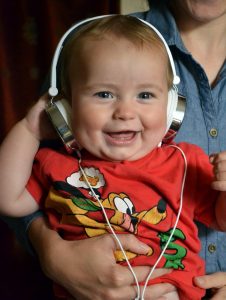Recent news that university research on decoding brain signals has led to an implanted device that appears to boost the ability to remember facts in some individuals seems the stuff of science fiction.
How does it work? Think of it as a pacemaker for the brain. The device was developed by a team led by scientists at the University of Pennsylvania and Thomas Jefferson University and is still in laboratory use only. It delivers an electrical signal to probes in the memory making areas of the brain. What’s notable is that a signal is sent only when needed to stimulate a foggy brain. It’s similar to the way in which a pacemaker kicks in only when the pumping action of the heart needs a boost.
The work is based on brain signal research that documented how the brain’s readiness to remember can waver. For many of us, going for a run or downing a strong cup of coffee is enough to perk up our sluggish brains. For more severe cases, drugs such as Ritalin are sometimes prescribed. For older people, especially those facing progressive dementia, the findings and the developing technology are especially appealing.
As interesting as this new device sounds though, the scientists told the New York Times http://nytimes.com that unfortunately the device’s ability to help people remember facts didn’t translate to an improvement in general cognition. That, they say, will be much trickier and the focus of work to come.
So, for now and into the foreseeable future, the job of helping students to actually learn – to remember (encode) information, recall it, and apply it – still rests primarily with skilled teachers.
— Marie Felde

